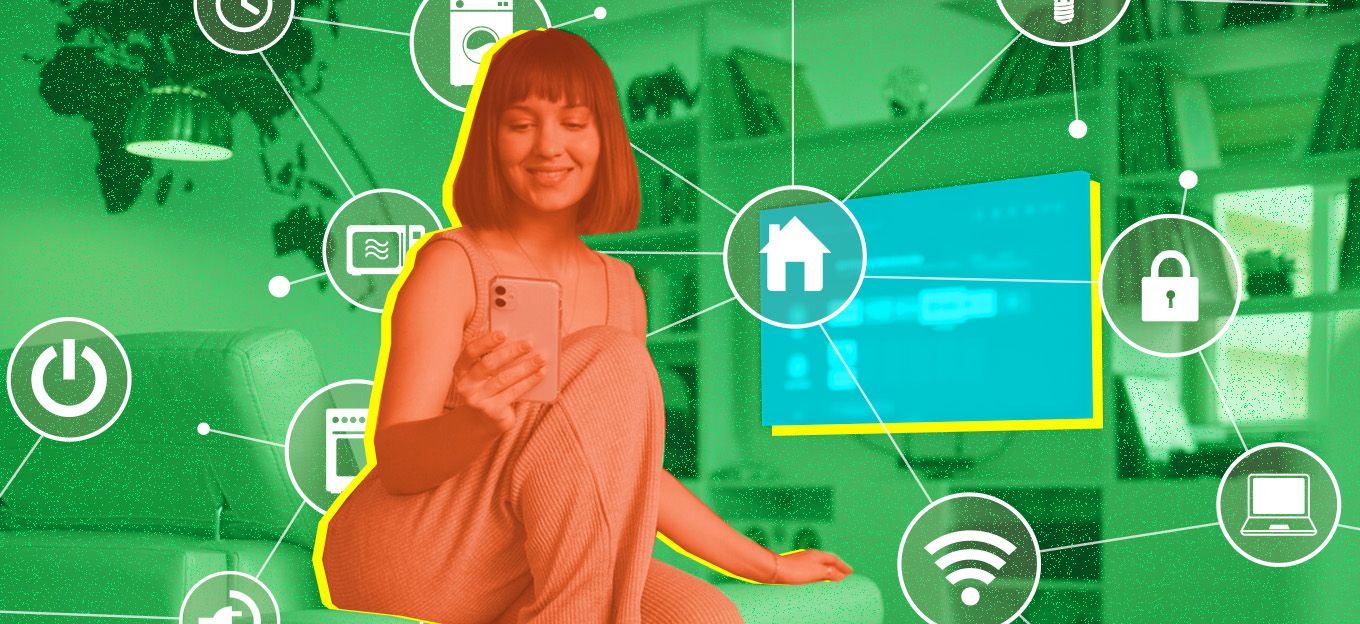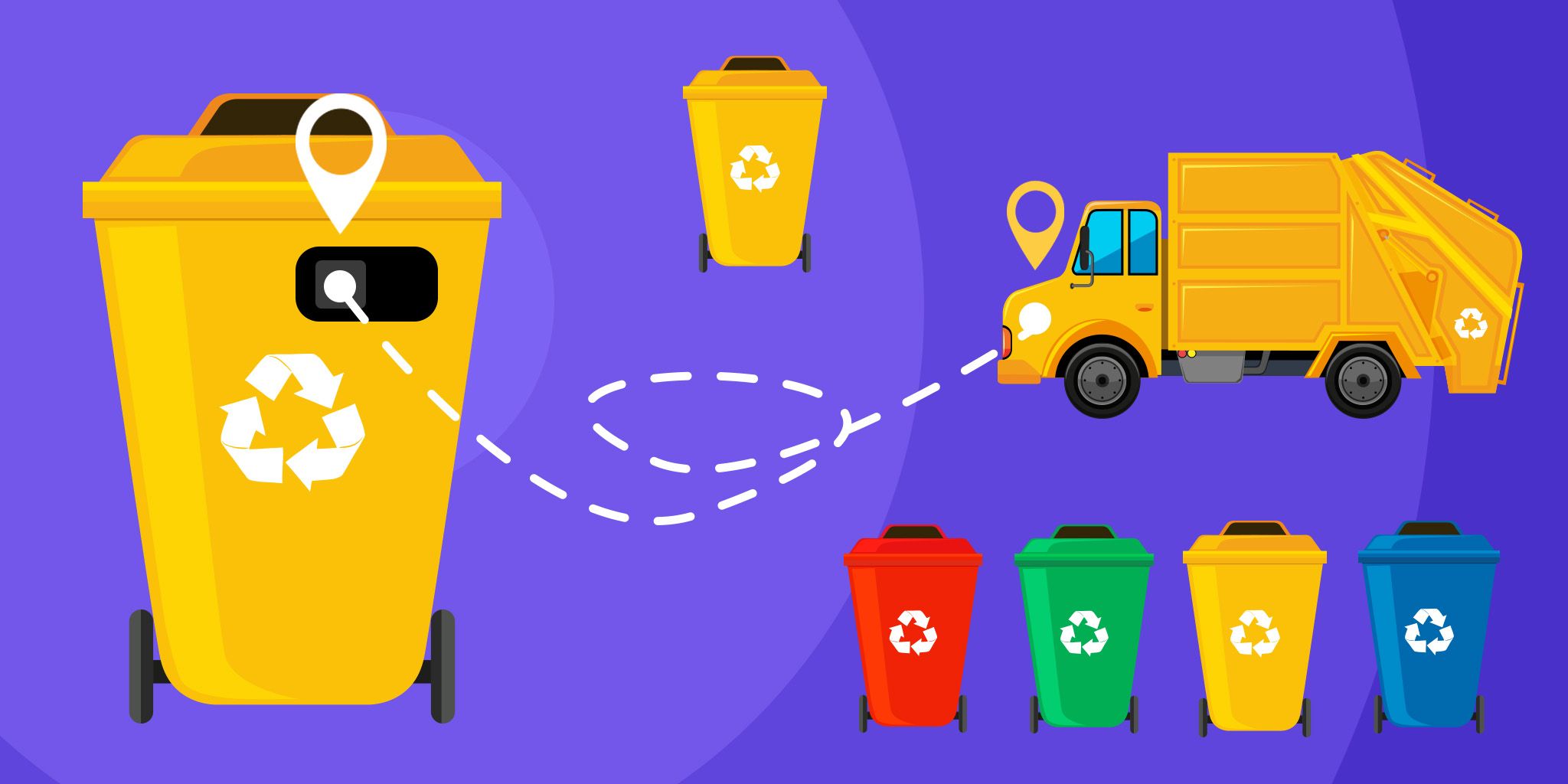Using Photovoltaic Energy to Drive Battery-Free IoT
Using Photovoltaic Energy to Drive Battery-Free IoT
- Last Updated: December 2, 2024
Atmosic Technologies
- Last Updated: December 2, 2024



Photovoltaic energy can help IoT become battery-free, and, therefore, more sustainable. According to a recent IoT Analytics report, the market for the Internet of Things (IoT) continues to grow. Even with the chip shortage and supply chain challenges faced in 2021, IoT Analytics expects the global number of connected IoT devices to grow 9 percent this year, to 12.3 billion active endpoints. Furthermore, by 2025, there will likely be more than 27 billion IoT connections. There’s no denying that IoT devices are the future and with it comes the unintended environmental impact of the batteries powering these devices.
Today’s market is increasingly witnessing industries such as manufacturing, consumer electronics, healthcare, transportation, and hospitality, becoming more efficient thanks to IoT devices. The number of these devices is expected to skyrocket in the next few years with more use cases hitting the market. The benefits of these devices will be felt by not only the industries but also by consumers who have harnessed impactful capabilities such as smart home and wearable medical devices to improve their day-to-day lives.
While the benefits of IoT devices are undeniable, we must also consider the challenges that these devices present. Currently, many IoT devices are powered by batteries, an extremely environmentally harmful and unsustainable power source. With greater than three billion batteries thrown out each year in the U.S. alone, we must ask ourselves: how can we power connected devices without harming the environment? Luckily the answer is simple: energy harvesting. Energy harvesting is fueling the development of ultra-low-power solutions that can extend the battery life of connected devices and even enable devices to be 100 percent battery-free.
Harvesting energy through solutions such as photovoltaic power can help to reduce the environmental and economic impact IoT devices can pose.
Bringing Energy Harvesting to Maturity
The first step to capturing the advantages of energy harvesting is to create connectivity solutions that operate on ultra-low power. It’s essential that the device’s connectivity be designed to require little energy. In such scenarios, small amounts of harvested energy can be sufficient to power an IoT device and improve the device’s efficiency. Lowest Power Radio and On-demand Wake Up are two types of connectivity technologies that dramatically lower power consumption and can also allow battery-powered devices to require battery replacement as seldom as upwards of 10 years – and in some cases last forever.
The benefits of Lowest Power Radio and On-demand Wake Up combined with energy harvested from ambient energy sources – radio frequency (RF), thermal, kinetic, and photovoltaic power – help to make it feasible to power IoT deployments of various sizes with these battery-extending and even battery-replacing alternatives.
Photovoltaic Power
One of the more popular energy harvesting techniques occurs through the capture of photovoltaic (PV) power, sourced from either the sun or lighting. Think of the capture of PV power as a tiny solar panel or screen integrated into the product design and used to capture light energy. PV cell solutions in a variety of sizes and configurations can address the needs of different product applications and design configurations. For example, a battery-free beacon can be powered by light captured indoors with a cell roughly the size of two postage stamps.
Despite their size, PV cells can power location-based sensors in large connected IoT deployments such as hospitals, shopping malls, stadiums, entertainment venues, factories, retail stores, and enterprises. Typically, these deployments are powered by disposable batteries, which require extensive maintenance in both time and money. Energy harvested solutions make it feasible to power sensors and hubs in larger deployments with a tiny battery that lasts a lifetime or even no battery at all.
The cost and maintenance benefits of utilizing harvested photovoltaic energy are also relevant for consumers using day-to-day connected products. One example is connected medical devices like continuous glucose monitors (CGMs). With low power connectivity solutions, patients don’t have to worry about their CGM running low on batteries or missing out on critical health information being captured and communicated.
Utilizing photovoltaic energy to power IoT devices is not only a solution that will improve device performance and daily life but drastically profit our environment in the long run. While this is but one solution to energy harvesting development, it is kick-starting the quest to deliver a battery-free and lifelong connected IoT – a reality that will benefit all of us.
The Most Comprehensive IoT Newsletter for Enterprises
Showcasing the highest-quality content, resources, news, and insights from the world of the Internet of Things. Subscribe to remain informed and up-to-date.
New Podcast Episode

Moving Past the Pilot Phase in IoT and AI
Related Articles





